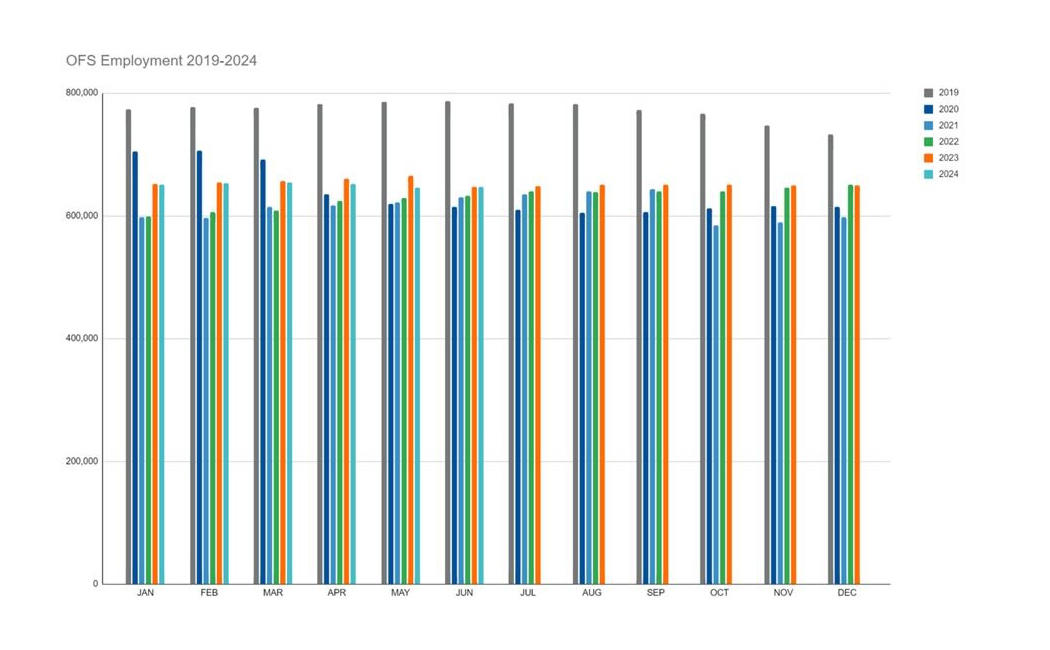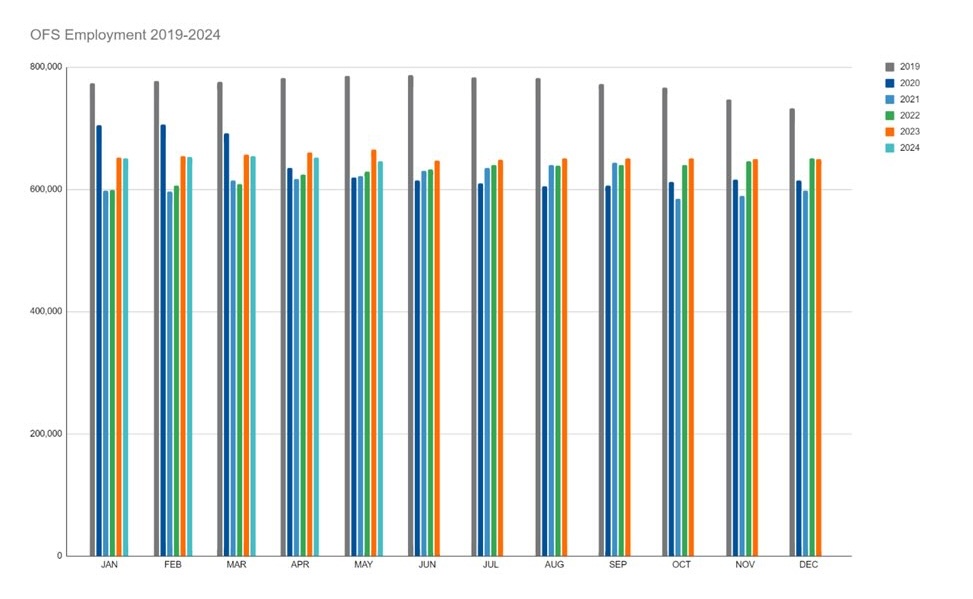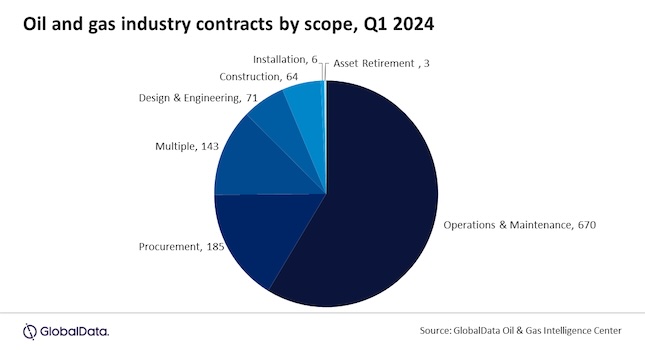In harsh conditions, effective bearing protection is required.
Among the factors that affect rotating equipment reliability, bearing protection is often is overlooked by end users. Most end users assume that the original equipment manufacturer (OEM) furnishes the best bearing protection it can for the money because it has warranty responsibility. Warranties vary depending on the OEM, equipment type and conditions. Typically, an OEM’s warranty covers a small part of the potential equipment life.
Lubrication maintenance and protection are the responsibility of the end users who must manage it within the limitations of their equipment lubrication protection method.
Most OEMs offer upgraded bearing lubrication protection as an option, but the end user must specify what method and manufacturer is used. If the equipment is not installed and operated correctly, however, upgraded bearing protection will add little value. On the other hand, if installation and operation are executed properly and the end user fails to consider bearing lubrication protection, achieving the full reliability potential of the rotating asset will be difficult.
When factoring in the severity of the operating conditions that rotating equipment is exposed to in the oil & gas industry, reliability can be compromised if the right bearing protection for the application is not considered.
The back story
Shaft seals have been around since Archimedes invented the first pump, but only in the 20th Century was shaft sealing given adequate attention. In the 1980s, Inpro/Seal pioneered and marketed the first compound labyrinth seals, bearing isolators. Before then, lip seals and traditional labyrinth seals were the only real options available for machine designers and end users. Some customers learned to adjust their maintenance practices accordingly, but it was a hard fight because these designs did not adequately protect the bearing lubrication from environmental contaminants. The rotating equipment on which they were installed had short mean times between failure relative to the bearing’s rated life.
When compared to traditional sealing methods, the bearing isolator represented a paradigm shift in bearing housing protection and equipment reliability. Pumps and motors, the most prevalent industrial rotating equipment in the world, benefitted most from the upgrade.
The original design evolved over the years but remains a basic, two-piece compound labyrinth seal that sets the industry standard for bearing housing protection. Other manufacturers have developed their own bearing isolators with varying degrees of success. Let’s examine the technologies currently available to help end users determine which technology best meets their application requirements.
Bearing housing refresher
A typical bearing housing interacts with the surrounding environment by always trying to be in equilibrium with its surroundings (see Figure 1). Under dynamic conditions, the housing vents to the atmosphere because it is at a higher temperature and pressure than the atmospheric side. When the machine shuts down, the internal temperature of the housing cools.
Because cool air is denser than warm air, the bearing housing quickly will consume what air is inside and begin to create a vacuum. The result is air being drawn in from the outside environment as the housing approaches equilibrium. With the air comes contamination in the form of moisture and dust, which migrates into the bearing housing if protection is not used.
Contact seals
Contact seals are friction devices with a finite life. All contact seals must be lubricated, or they will run hot and fail prematurely, usually damaging the components they directly con- tact. Typically, the lubrication comes from the lubricant migrating to the contacting surface elements. The most widely used contact seals for industrial equipment are elastomeric lip seals. The other type of contact seal is the magnetic face seal. This type is applied in much smaller numbers.
Good applications for lip seals include:
- Low-speed, flooded shafts, such as gearboxes
- Light-duty pumps and motors like those used in the food processing industry (in most situations, a set of bearing isolators do not make economic sense for these applications)
- Low-cost electric motors
- Engineered applications, which can have large shafts where a bearing isolator is not economically practical
- Conveyor belt idlers, where the replacement cost of a new idler is 25 percent of the cost of a set of bearing isolators
- Any application with limited work space.
Magnetic face seals
Magnetic-face (mag-face) seals are mechanical seals that use magnetic force to keep the contacting faces together instead of the springs and bellows that traditional mechanical seals use. As with all mechanical seals, the faces must be lubricated, or they will overheat and fail. Mag-face technology has had success in some applications, but the technology often performs inconsistently and is more sensitive to operating conditions than other technologies.
During the last 30 years, pump reliability efforts have focused on keeping the mechanical seals alive. Therefore, increasing the complexity of a system by adding two or three more mechanical seals does not make sense when other technologies are available that will protect the bearings more effectively at a lower price point. Mag-face technology has its place and is preferred in some applications, but it tends to be on the fringe for many industrial pump applications. Each application should be considered on a case-by-case basis.
Traditional bearing isolators
Contact/compound labyrinth seals with dynamic O-rings have become common and are a proven way to protect bearing lubrication. Several companies manufacture bearing isolators that use this technology. Most are derivatives of the original design. The importance and success of this technology in the advancement of rotating equipment reliability cannot be overstated. However, real-world experience shows the technology also has limitations.
It’s important to understand the basic operation of the compound labyrinth that incorporates a dynamic O-ring. Under dynamic conditions, the internal O-ring expands 360 degrees and seats itself in a groove in the stator. In theory, this allows the bearing housing to vent through the seals. When the machine shuts down, the O-ring contracts in the groove between the stator and rotor, sealing the annular gap between the two components.
Dynamic O-ring designs have a break-in period during which black dust collects around the expulsion port, which indicates something wearing or breaking in. By design, an expulsion port is required in a labyrinth seal to expel any contamination that enters the seal under dynamic conditions and to drain any residual contamination inside the seal after shutdown.
This design has pros and cons, as any design does. One weakness is that, to get rid of contamination that enters the seal, it also allows contamination to enter the seal. When heavier contaminates, such as sand/dust and paper stock, enter the seal, expelling them is virtually impossible regardless of the internal geometry of the seal. This technology struggles in environments where steam is present and does not effectively retain oil mist. Mag-face technology has been used to try to solve the problem, but with limited success. The time has come for a slightly different approach.
A fresh look
A simpler approach is required to take bearing lubrication protection to the next level. Taking a system approach, we look at the bearing housing environment from an energy balance point of perspective. A bearing isolator designed for real world conditions provides a higher level of protection for a longer period of time compared to other available technologies. The seal must be a true non-contact seal throughout its rated life, with the focus keeping contamination out of the seal, including especially the more aggressive contaminates described above.
Figure 1 illustrates that the housing vents to atmosphere under dynamic conditions. By plugging the breather/vent and directing the air through the noncontact seal, the seal begins to take control of the bearing housing environment. Once the escaping air enters the seal body under dynamic conditions, the close internal clearances between the stator and rotor create disk friction, adding energy to the escaping air. This creates a high-pressure circumferential area at the exit of the seal which assists in keeping contaminants out. Combined with the expelling action of the rotor, long axial and radial throttling gaps, and no expulsion port, contamination ingress into the seal is made difficult.
Static sealing presents more of a challenge for a true noncontact seal. Under static conditions (see Figure 1), the bearing housing begins to draw air in from the outside atmosphere
as it approaches equilibrium with the environment. As the airborne contaminants and vapor are drawn through the seal, the energy is broken down because it is forced through the axial throttling gap. It then continues through the longer radial gap where the energy of the contaminants is broken down further.
There, it is captured within the internal condensate trap and allowed to drain out through a small static weep hole at the six o’clock position of the bearing isolator (see Figure 2). The static O-rings create throttling gaps that break down the remainder of the contaminant’s energy and direct it to the condensate trap to be drained through the static weep hole.
As time passes, the magnitude of the vacuum created by the bearing housing cool- ing process decreases until it reaches equilibrium with the environment. The new way of thinking is to allow the housing to breath, but control what it breathes by relying on the laws of nature to help manage the energy of the contaminants. This results in more robust seals in smaller, tighter packages. The inherent flexibility makes it easier to engineer solutions for specific pieces of equipment. Split seals of this design perform identically to solid designs, which allows for ease of installation and flexibility for end users.
All the technologies discussed have a place and should perform well when applied correctly. Like all things, they will not be successful when misapplied. When selecting bearing protection, end users should ensure that the supplier is a reliability partner, not just a company selling a product. Customer support and service must be factored into the reliability equation, as well as product performance.



